The Historical Museum in Stockholm offers a journey from ancient times to the present. Along the way you can immerse yourself in the Viking worldview, see the glittering gold of all the rich treasures and be horrified by the bloody massacre at the Visby ring wall in 1361.
Table of contents
Historical Museum
The Historical Museum is a state museum that is completely free to visit, with the exception of some guided tours and events. Most exhibitions are long-term, and only a few are changed.
Here you can see the world's largest exhibition on Vikings, the "Gold Room" and follow Sweden's history from ancient times to the present. We have (again) made a visit to this interesting museum!
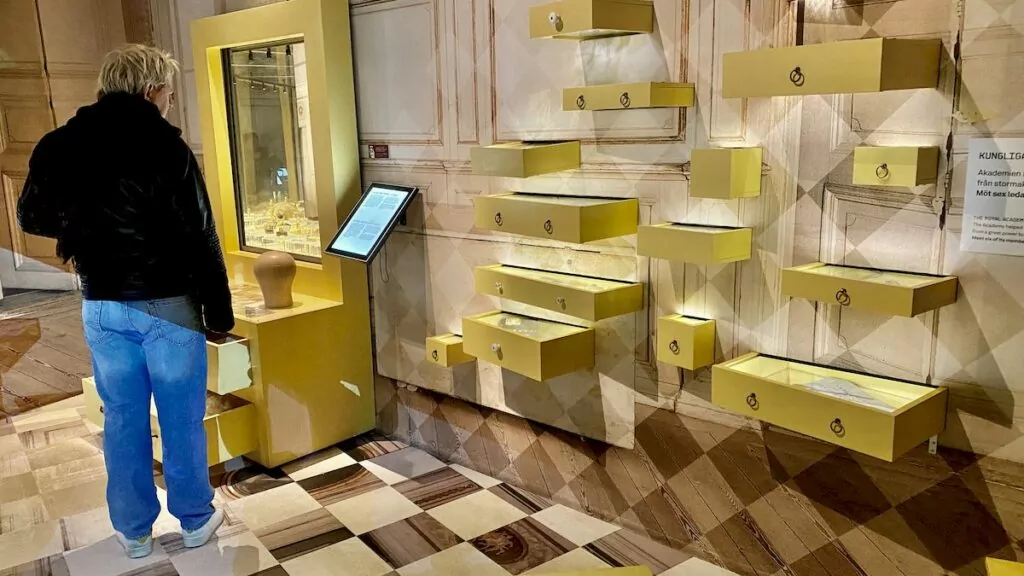
The Historical Museum is located in Östermalm in the centre of Stockholm.
Start your visit to Antiquity
We were advised to discover the museum in chronological order, so we started with ancient times. Here you can "meet" a number of different life stories from prehistoric times - people buried or found in bogs who tell us about their time. And how fascinating it is to imagine our ancestors in front of the fire in a cave!
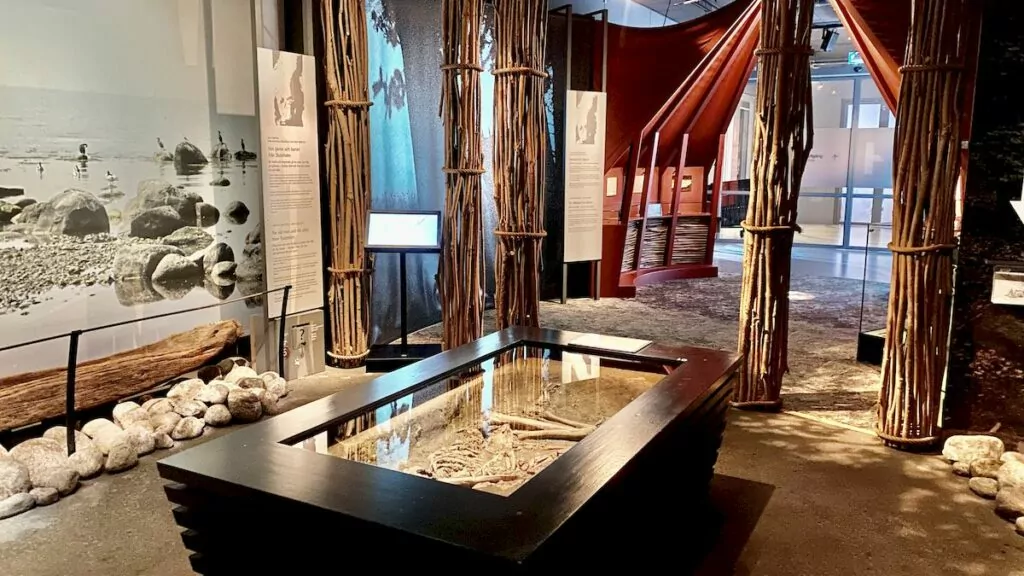
Step into the world of the Vikings
We then continued to the 'World of the Vikings' exhibition, which is the largest Viking exhibition in the world. Here you can learn about the Vikings' worldview, which centres around the tree Ygdrasil, and how people lived in the Viking Age.
It's a neat exhibition that, despite its size, feels manageable. There are many interactive elements, such as stepping into a house using VR goggles or rotating the Ygdrasil world tree to see where the humans, giants and Asgardian gods live.
On a board on the wall you can try writing in rune script. What did Peter write? FREEDOMtravel of course!
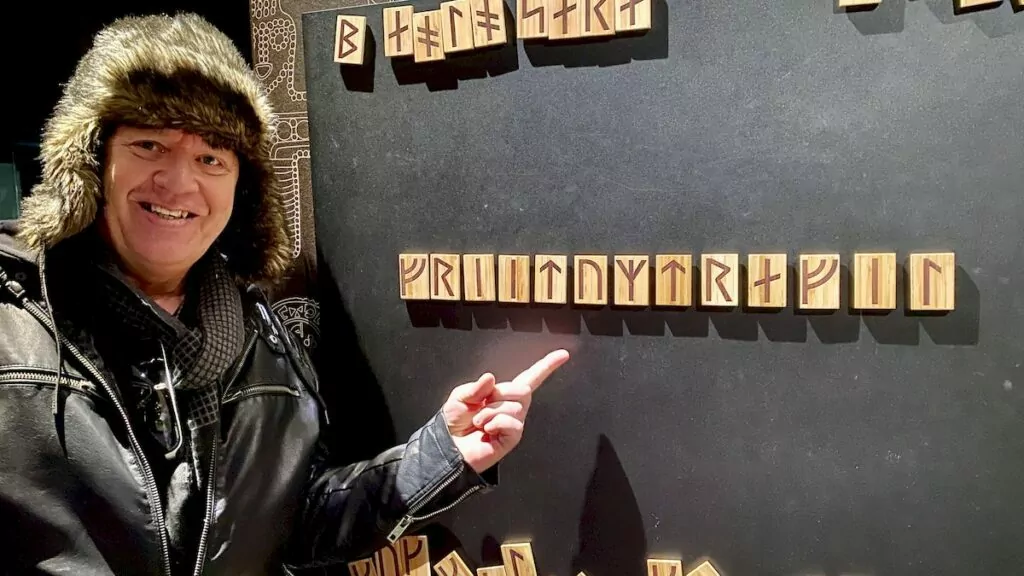
Now, of course, it is not possible to translate our letters exactlybut at least we tried to get as close as possible:
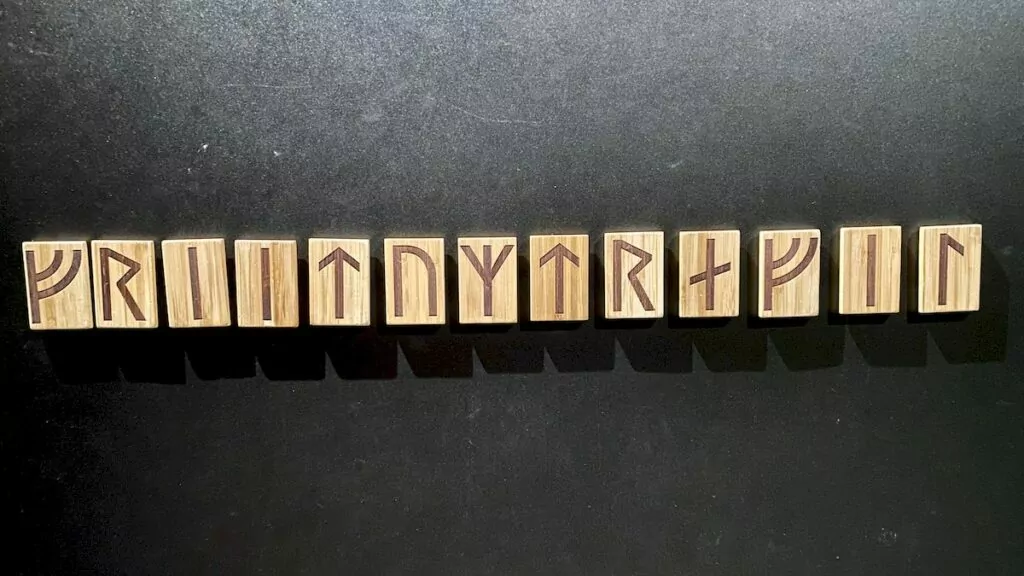
Glittering treasures in the Gold Room
When we were done with the older history, we went down to the lower level, where you can find the Gold Room. Outside the entrance is the Lion of Piraeus, which is a replica of a statue that stood in the Athens harbour city of Piraeus 2000 years ago.
Originally, fresh water came out of the lion's mouth for seafarers to take out into the Mediterranean. Thousands of years later, Vikings carved runes on the lion and in 1688 it was taken as a spoil of war by the European Union. Venice, where the statue still stands today.
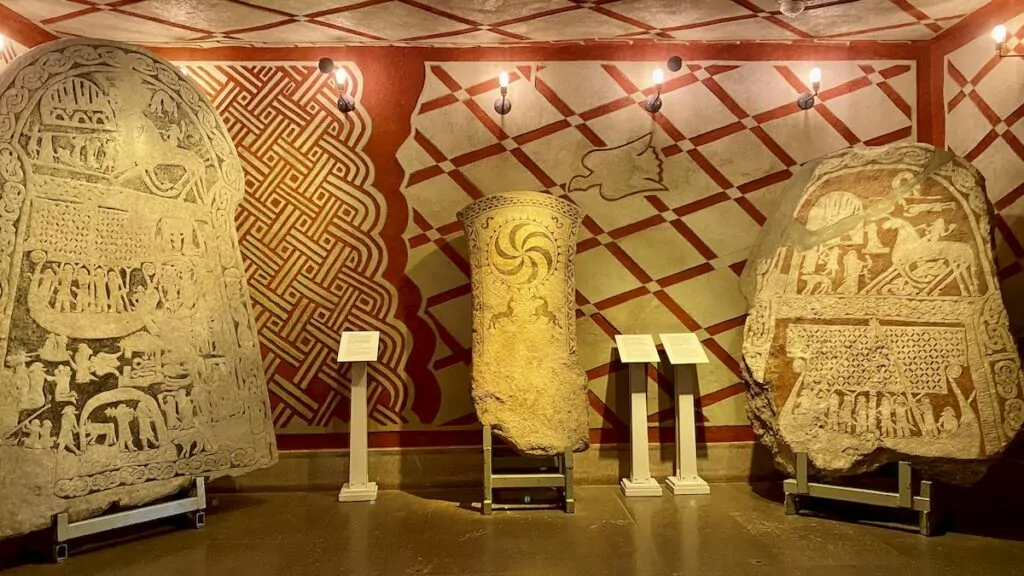
The Gold Room itself is filled with ... yes, gold! Many of the treasures come from Öland, Gotland and Västergötland. Some of the gold has been used as a means of payment, while others have served as jewellery and status symbols for the rich in society.
Swedish history - the last thousand years
Finally, it was time to go up to the upper floor and tackle the 'History of Sweden' exhibition, which tells the story of the last thousand years in our country. You follow a timeline in the floor, which makes it easy to follow the development of time.
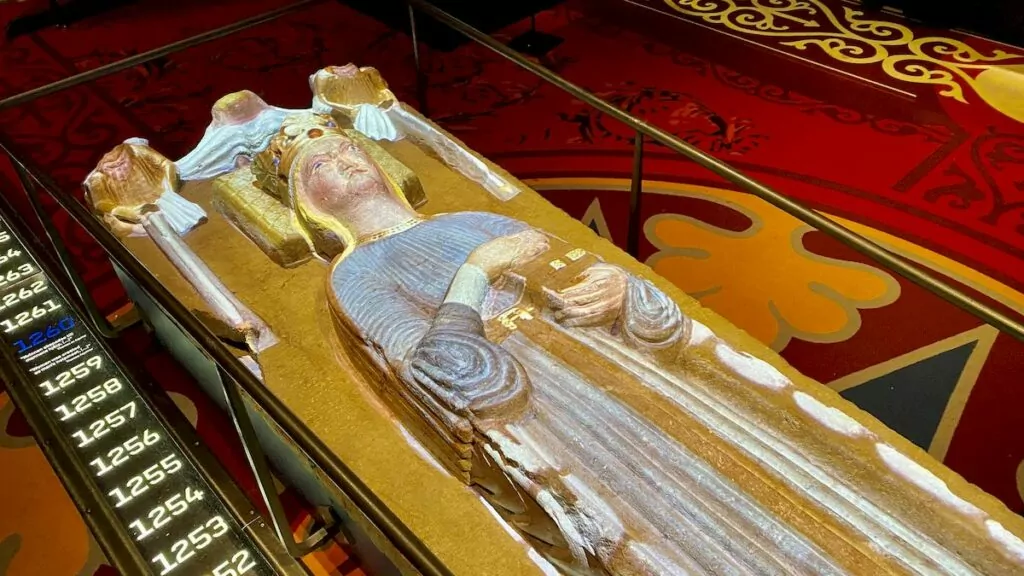
People and events along the way are carefully selected to avoid exhaustion, which is otherwise easily the case when familiarising yourself with a thousand years of Swedish history. In the first part, you get to meet St Birgitta in Stockholm. Vadstena and Queen Margaret, who formed the Kalmar Union.
One is also reminded of the Black Death and subsequent plague epidemics, which together killed between 50 and 75 per cent of Sweden's population. With all due respect to the ongoing pandemic, it can be said that it could be worse.
Here and there in the exhibition you will find various small signs with statements. By turning the sign over, you can find out whether the statement is true or false!
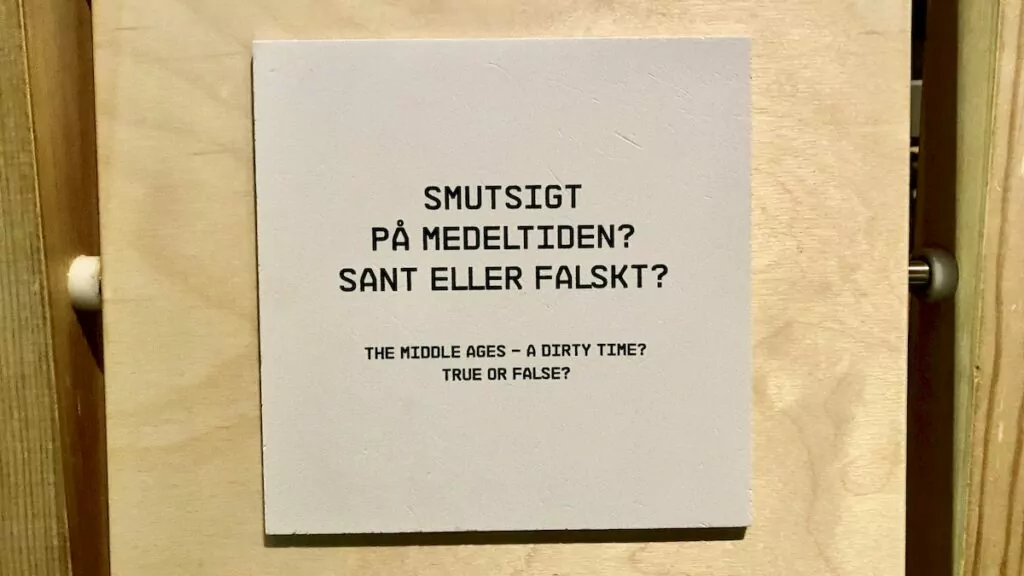
In the 16th century, you get to experience Johan III's meat-free table, and in the 17th century you get to know Sweden's 'old days'. In the 18th century, however, things get tough, and the century begins with 200,000 soldiers dying in Charles XII's war, often from cold or dysentery.
The 18th century is also an era of inventors and scientists, such as Polhemus, Linnaeus, Celsius and Scheele. And who wouldn't want their own little 'naturalie cabinet', a private collection of artefacts from nature?
The exhibition then continued through industrialisation, class society and free churches in the 19th century, past the poor Sweden of the early 20th century and into the present...
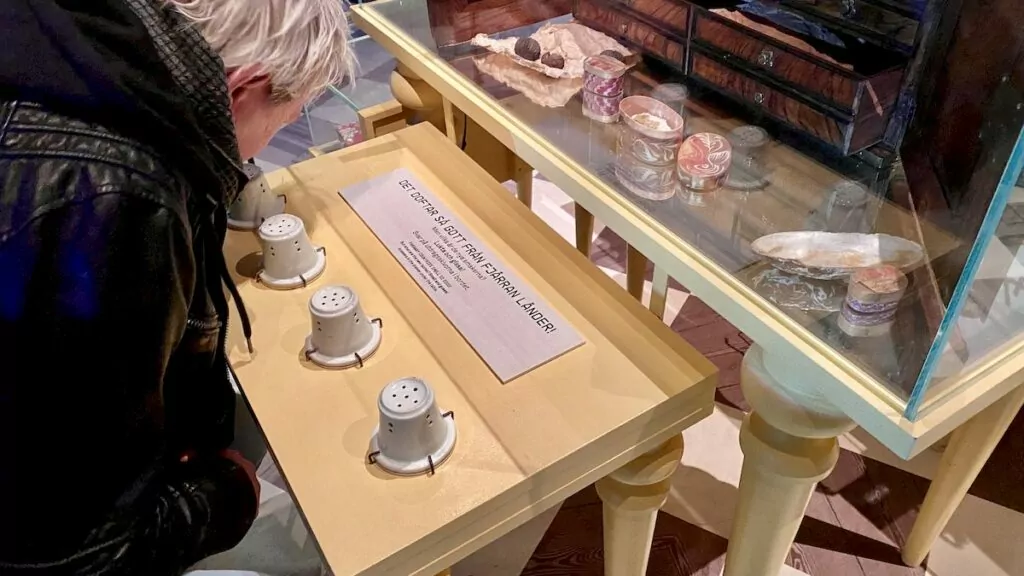
The Visby ring wall massacre
Another exhibition that was interesting (and horrible!) was the one about the massacre at the Visby ring wall in 1361, when the mercenaries of the Danish king Valdemar Atterdag killed 1800 Gotland farmers.
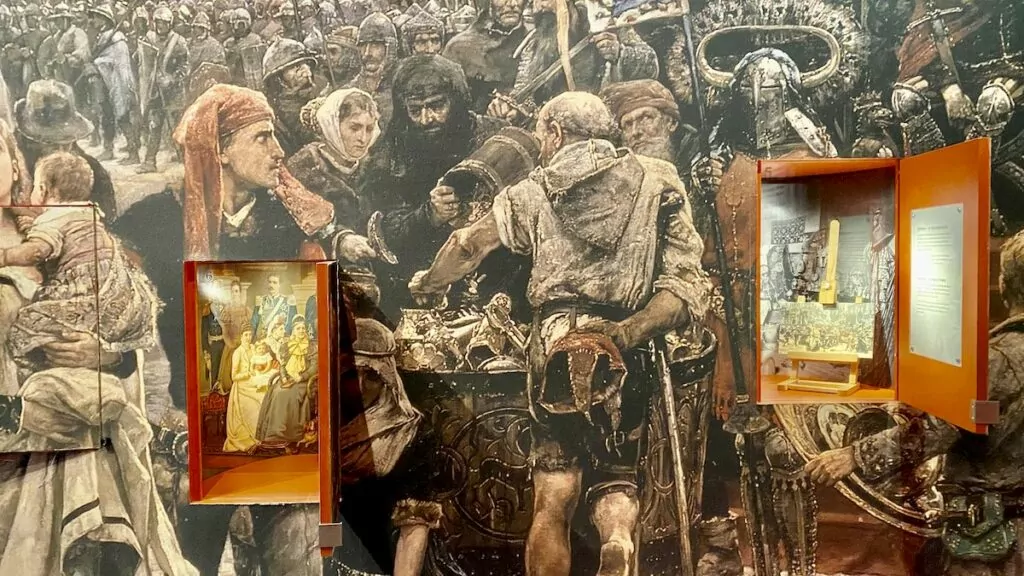
The poorly equipped Gotland farmers were killed at the wall and thrown into mass graves. Afterwards, lots of remains have been found, still in their chain mail. What a terrible massacre!
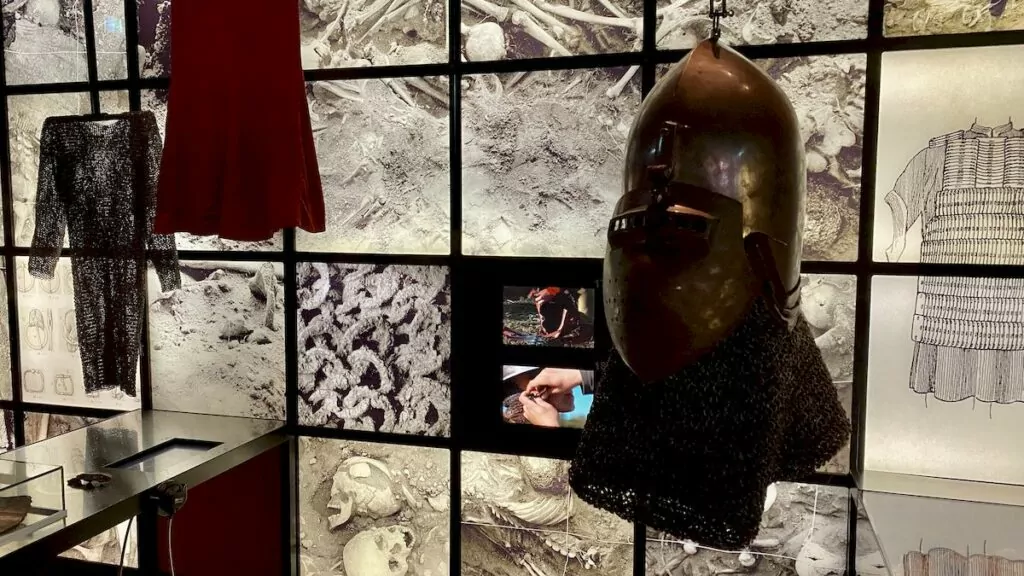
Medieval life, medieval art and medieval sounds
There are also three exhibitions that deal with the Middle Ages in different ways. In particular, there are many religious paintings and works of art, reminding us of the importance of the church at this time.
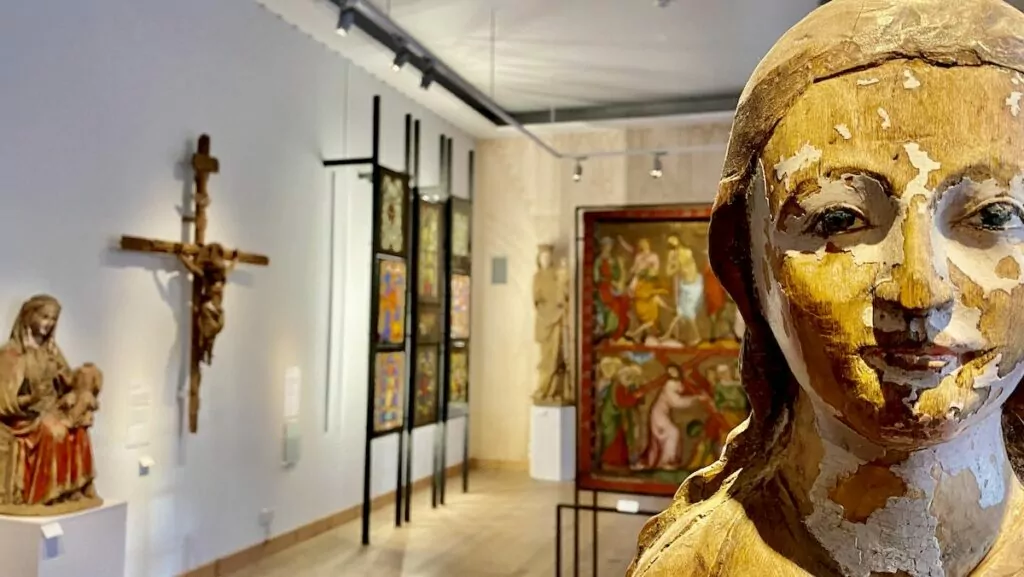
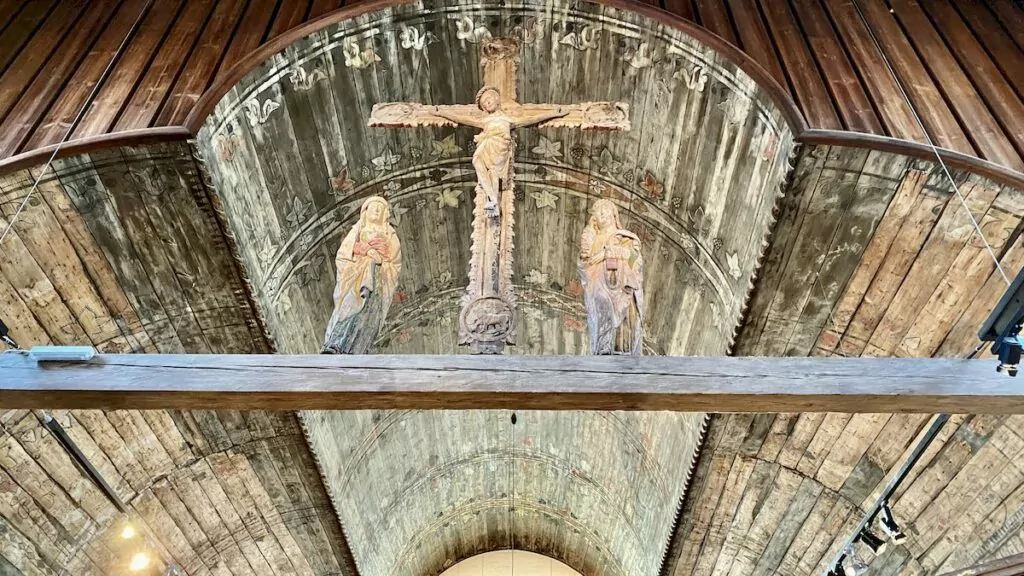
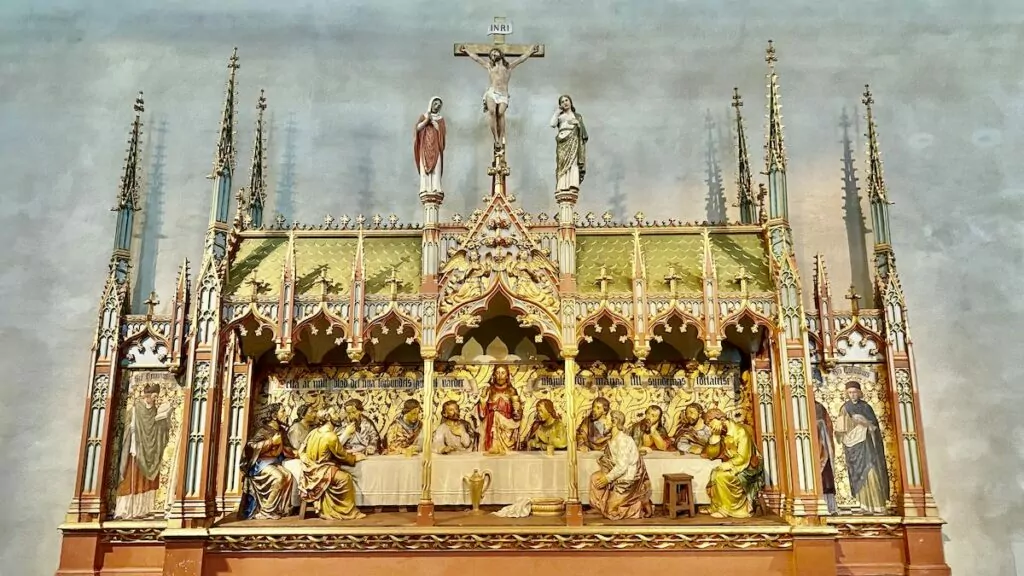
The "Medieval sounds" exhibition features recordings of medieval organs and church bells. There is also what is considered to be the oldest organ in the world, although only the body of the organ remains. The organ comes from Sundre Church on Gotland and was built in 1370.
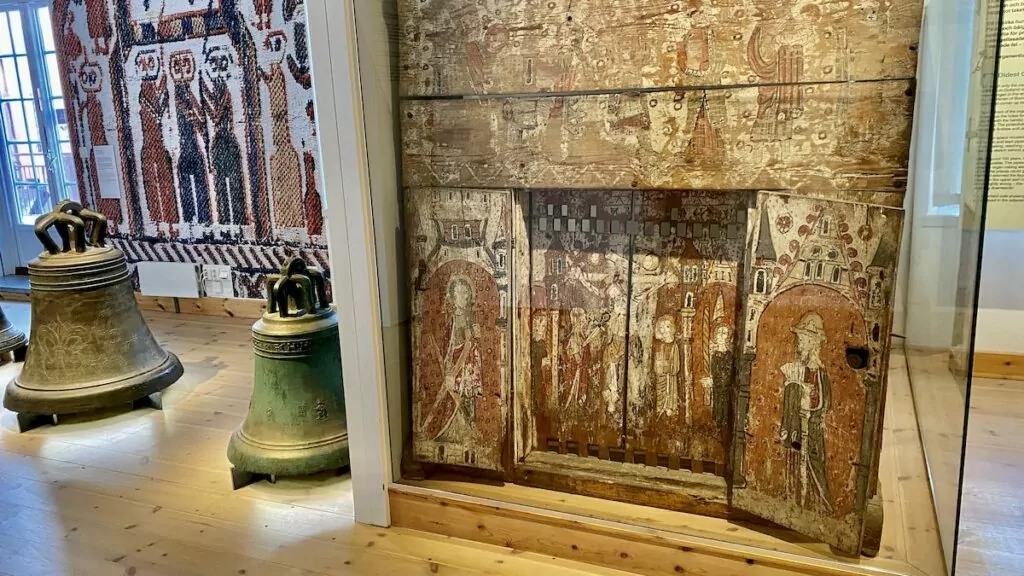
More to see and do in the neighbourhood
The Historical Museum is large and after a visit here, you may not be able to do much more in one day. However, we offer some tips! To begin with, you will find another museum in the same building as the Historical Museum, the Economic Museum - Royal Coin Cabinet.
There are also a number of other exciting museums in the vicinity of the Historical Museum. In Östermalm you will find the Army Museum. On Djurgården you will find the Nordic Museum, The Viking Museum, Skansen and Vrak. If you go out to Gärdet instead, you can visit the Maritime Museum or the Ethnographic Museum.
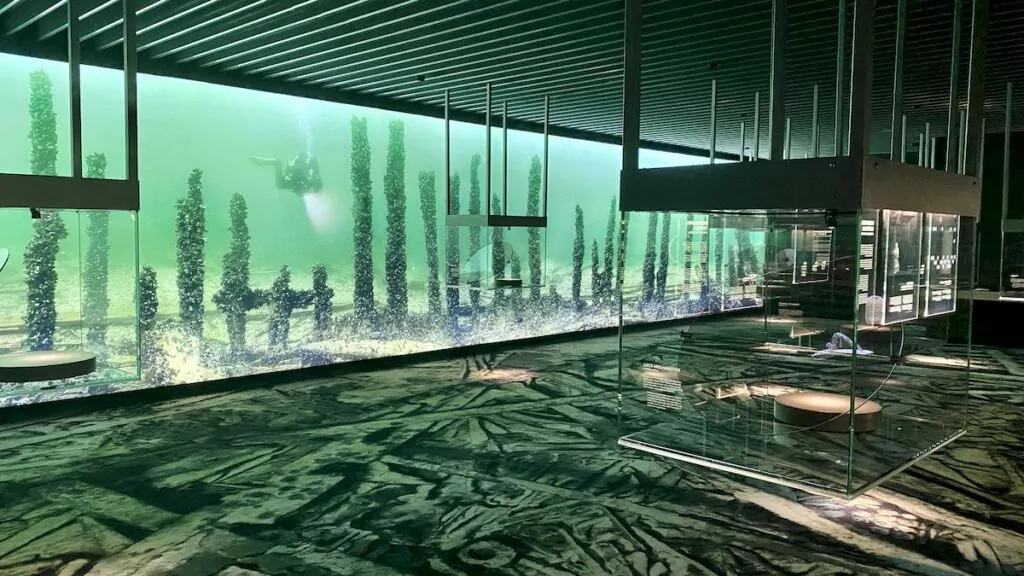
Have you been to the Historical Museum in Stockholm? What did you think?
Facts about the History Museum
- Address: Narvavägen 13-17, Stockholm
- Municipality: Stockholm
- County: Stockholm County
- Landscape: Uppland
- Read more: You can find more information at the museum's website.
Tours and activities
- God-given views: Both physical and digital screenings, advertised in the calendar.
- Group viewing: Group tours can be booked for groups, as well as school tours.
- Audio guides: Audio guides can be hired at the information desk for 30 SEK.
- Activities for children: The History Detectives (solve puzzles using materials available at the entrance): The Quest for the Wishing Stone, The Adventure Backpack, The Lonely Lion, Solving the Dragon's Puzzle and The Time Traveller.
- Conference and events: Premises are available for hire for conferences, parties, weddings and more.
Services and practical information
- Opening hours: During the summer months Tuesday-Sunday 10-17 and during the rest of the year Tuesday-Sunday 11-17 (2022). Closed on Mondays and some public holidays. Sometimes open extra long on Wednesdays.
- Prices: Free entry. A fee is charged for concerts, lectures, some tours and other events.
- Shop: There is a museum shop with books, toys, jewellery and souvenirs.
- Food service: Restaurant Rosengården is usually open for lunch from Tuesday to Friday (2022). Dining rooms are also available.
- Rules: For fire safety reasons, prams are not allowed in the Gold Room, but can be taken into the rest of the museum. You can take photographs for your own use, but not with a tripod.
Accessibility
- Entrance: The entrance consists of a stone staircase without a ramp, and to the right of the staircase is a lift.
- Toilet: An accessible toilet is located in the entrance hall.
- Assistance dogs: Guide dogs are welcome.
- Parking: Parking for people with a special permit for the disabled is available.
Finding the History Museum
- Car: There are parking facilities along Narvavägen.
- Bus: Line 67 with stop Historiska museet, alternatively line 69 or 76 with stop Djurgårdsbron.
- Tramway: Line 7 to Djurgårdsbron.
- Underground railway: Subway to Karlaplan or Östermalmstorg. About ten minutes walk from both stations.
- Walking/cycling: There is a cycle path to the museum.


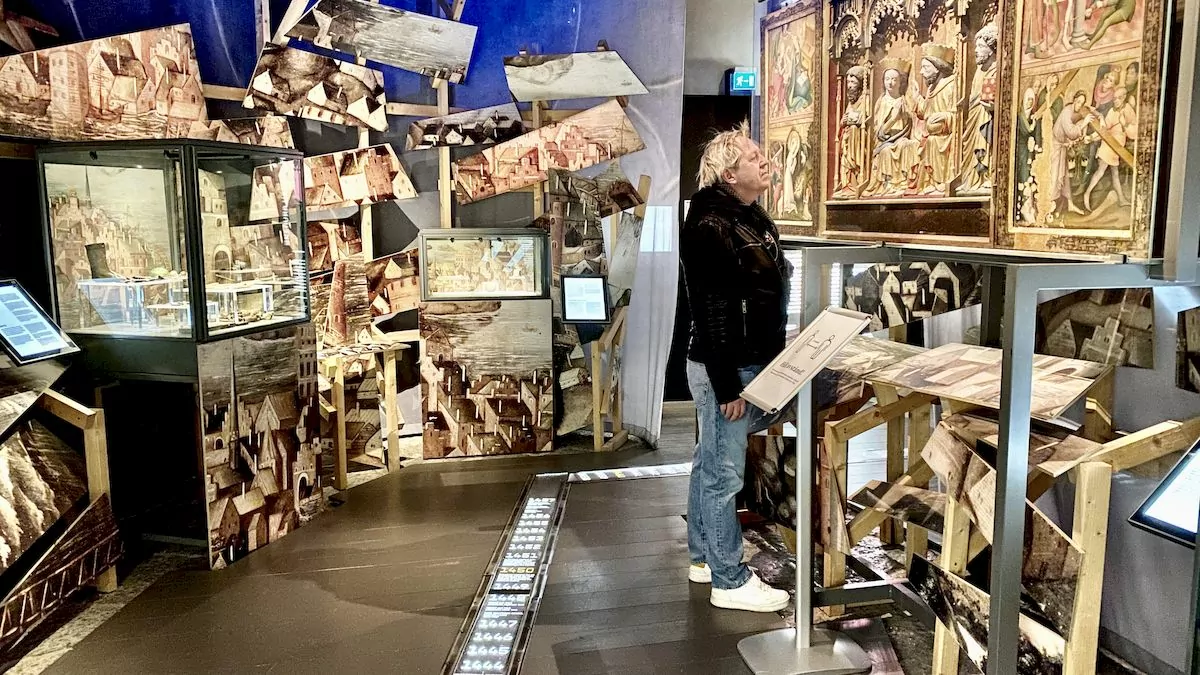






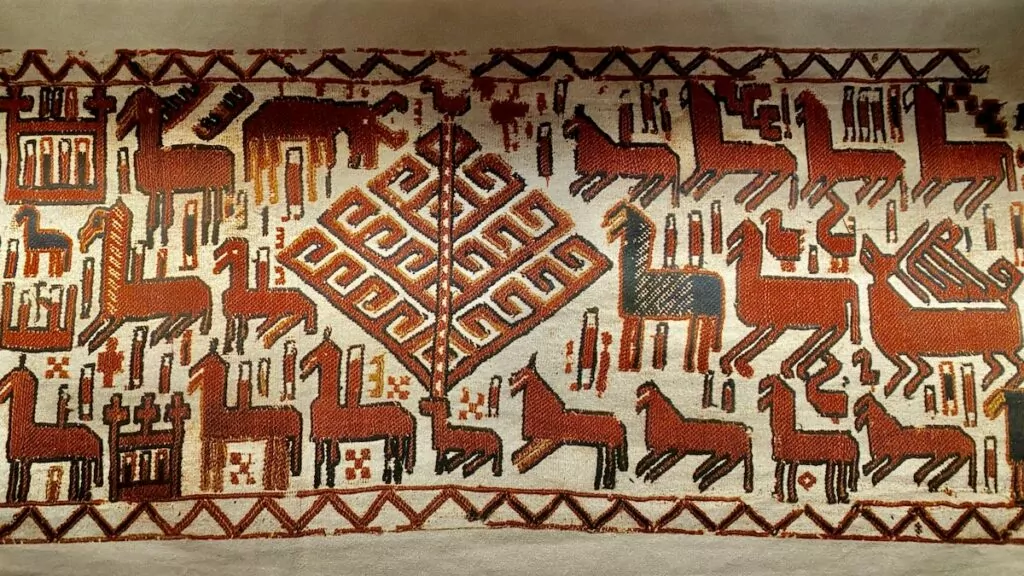
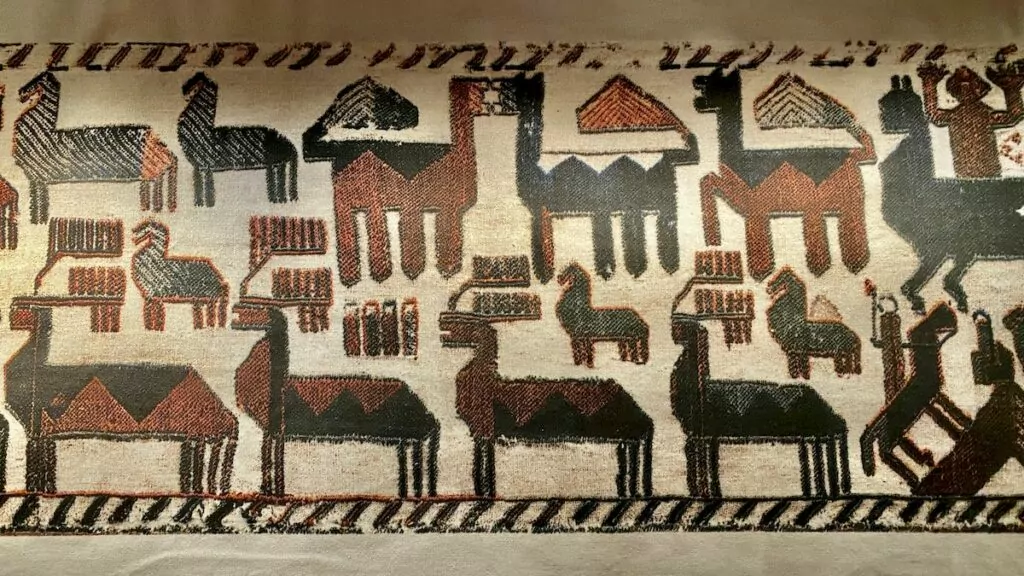
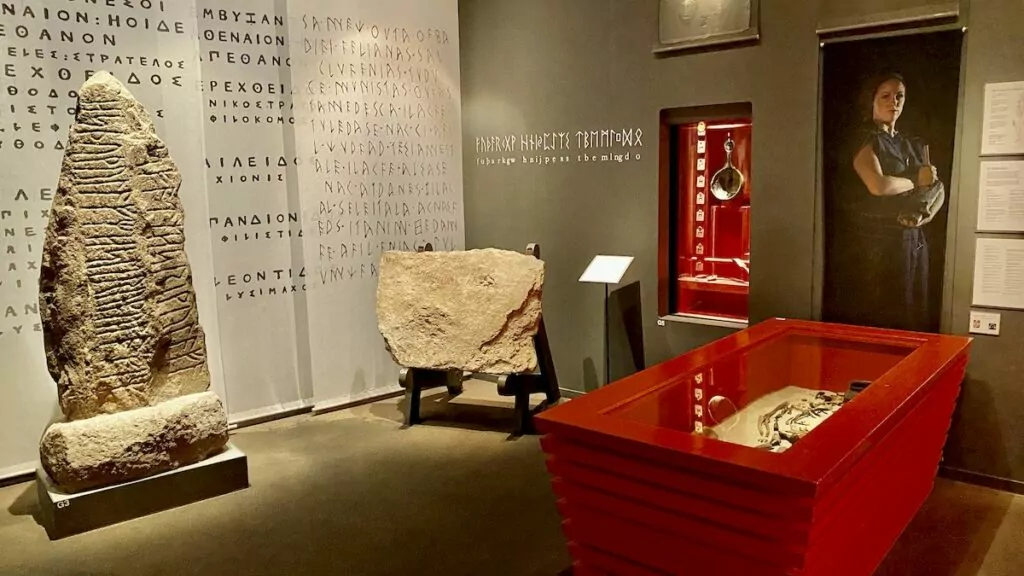
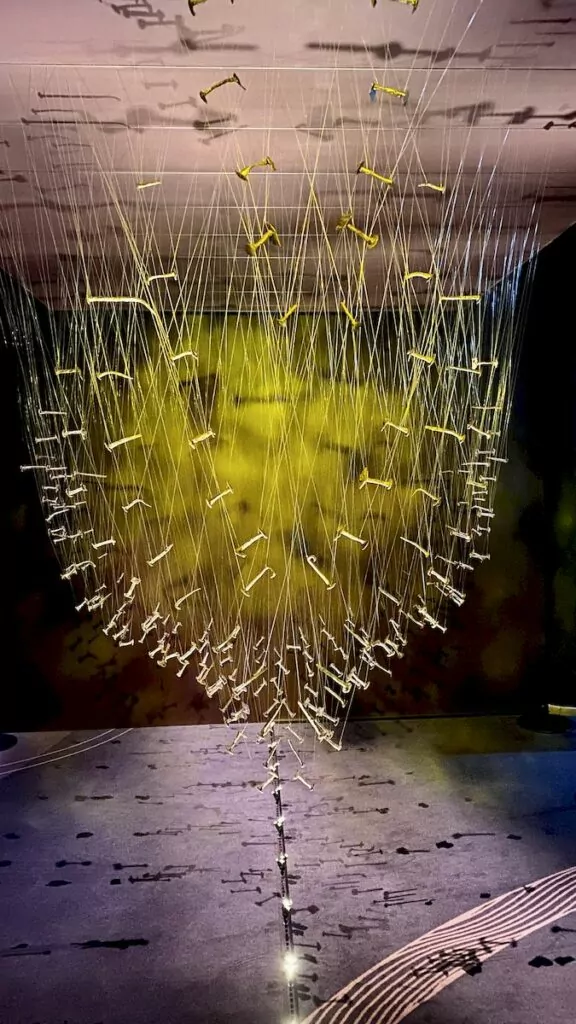
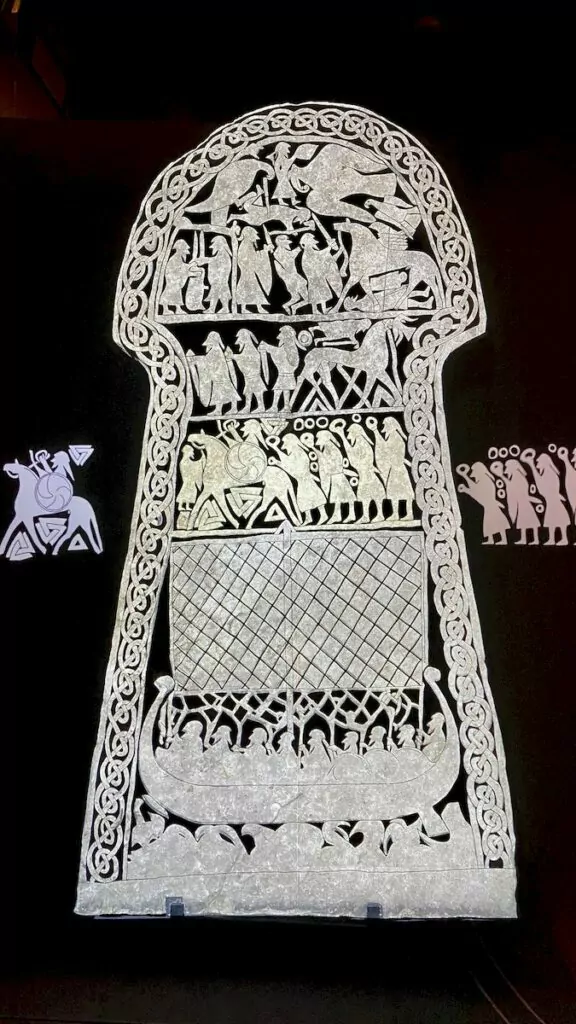
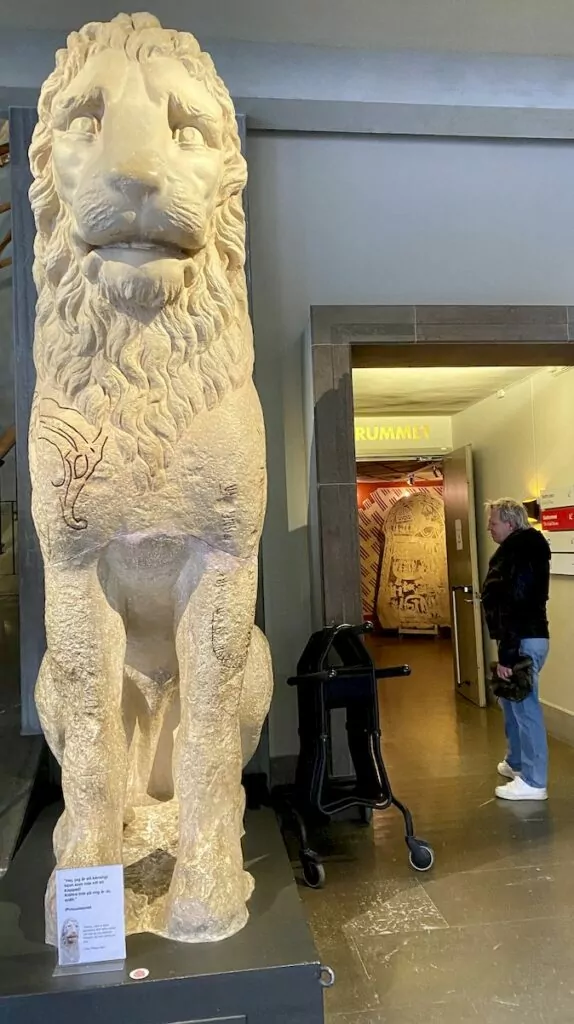
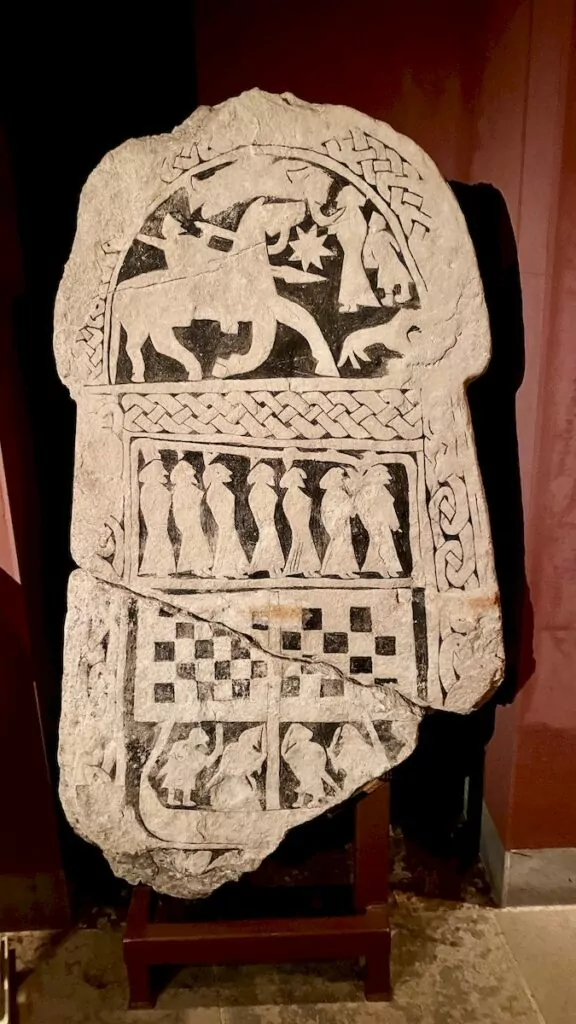
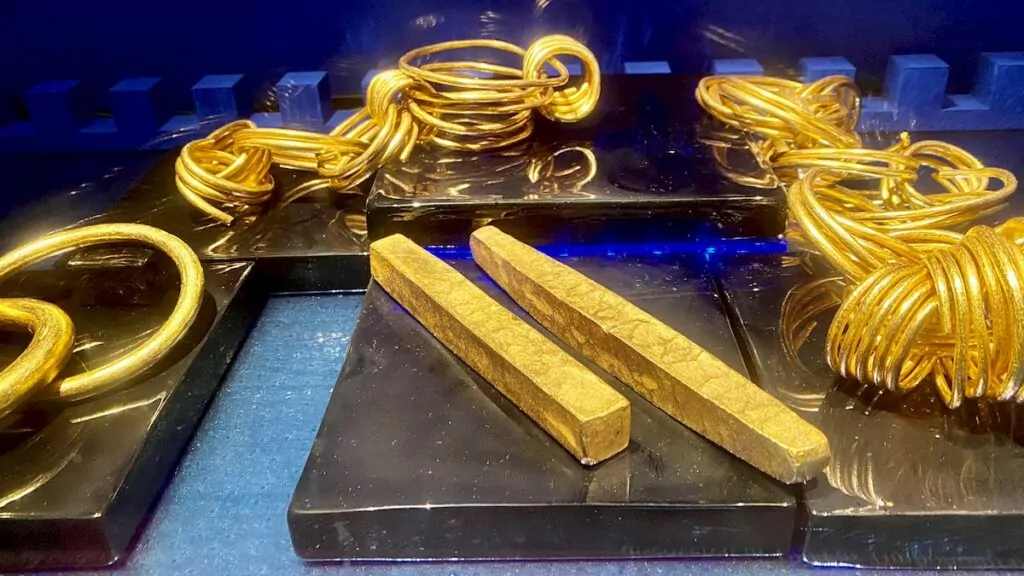
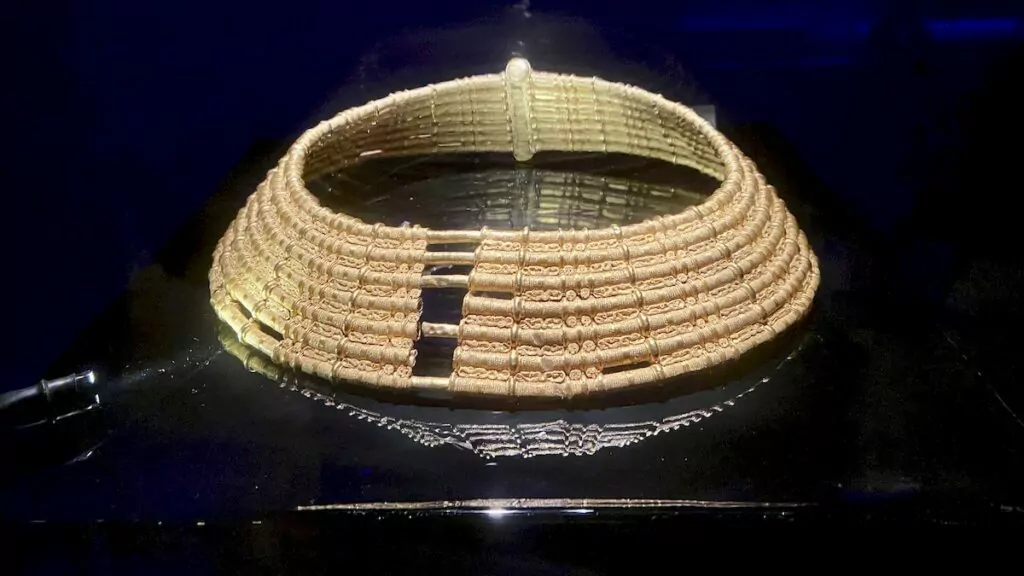
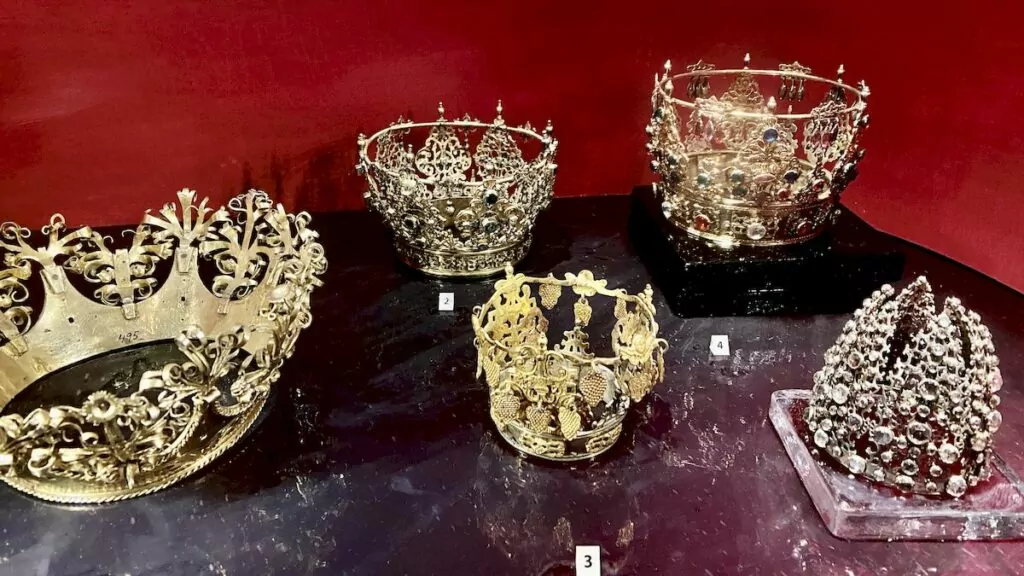
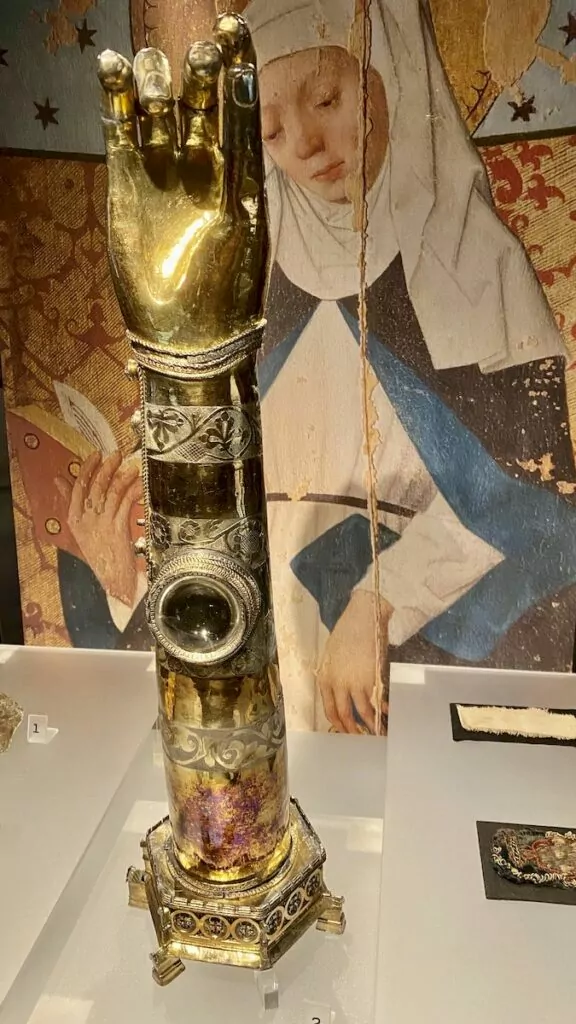
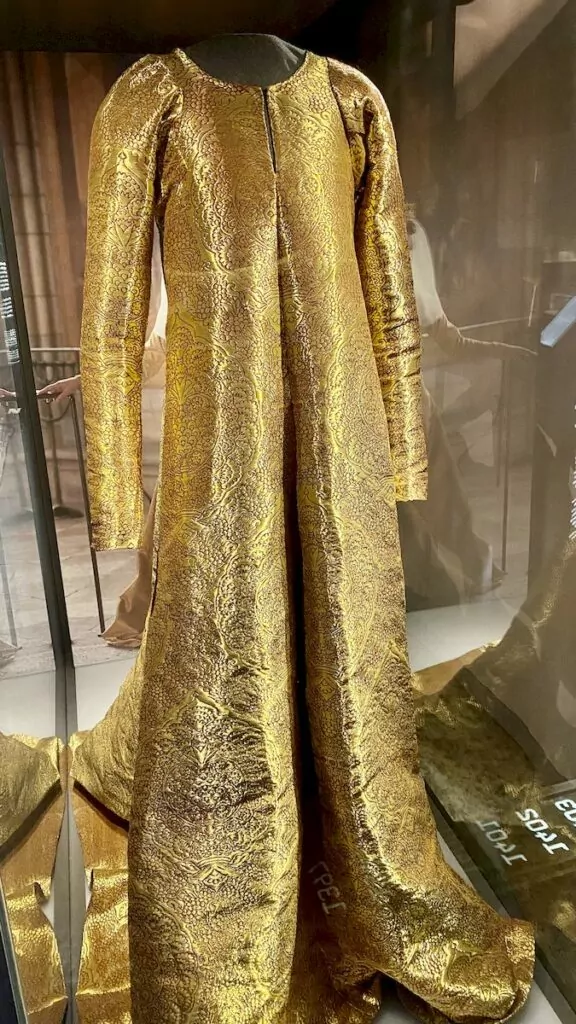
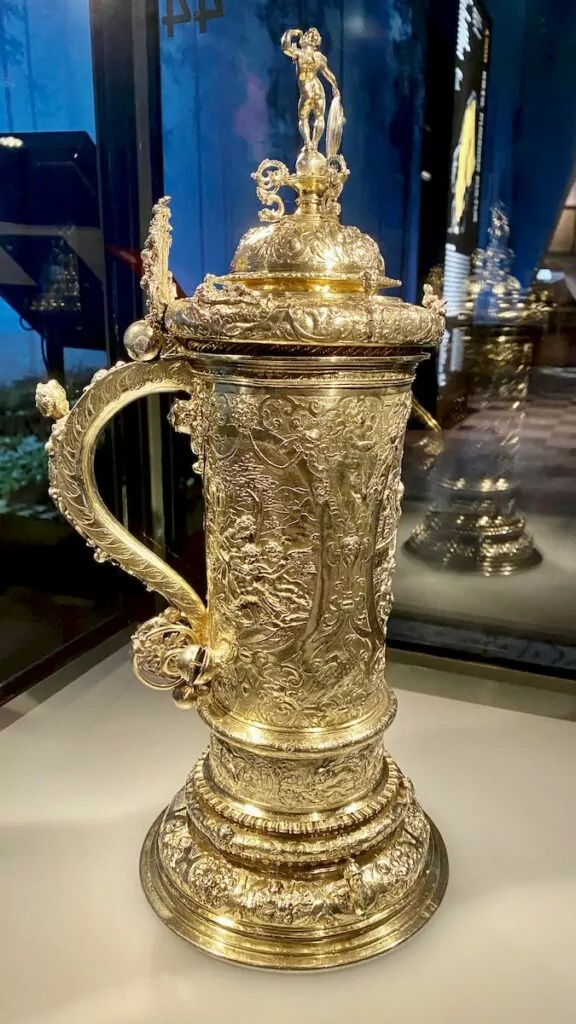
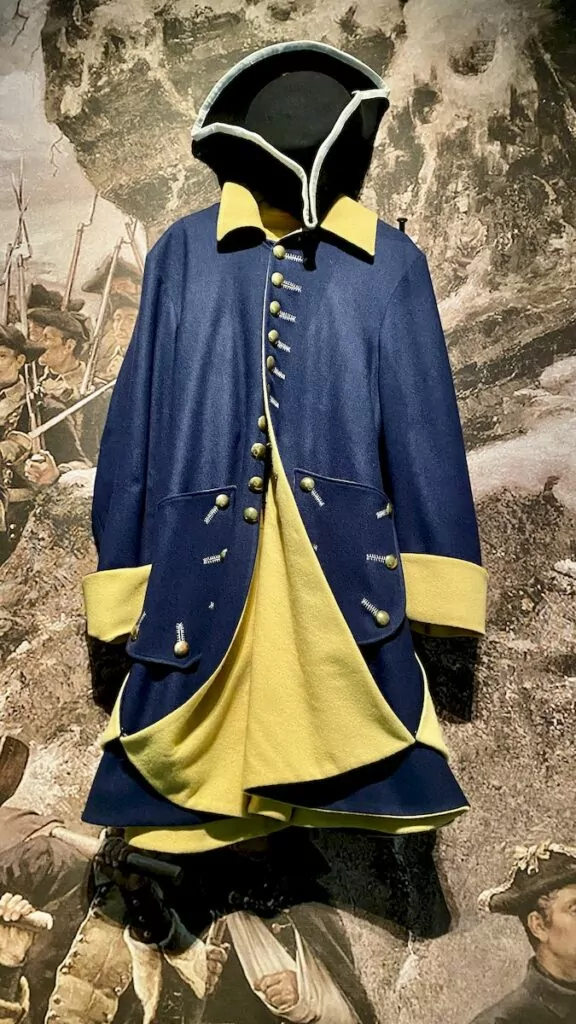
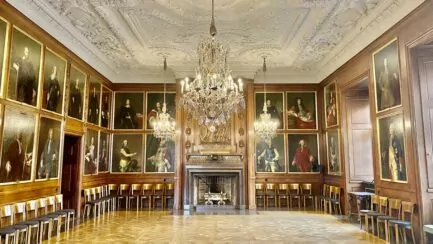


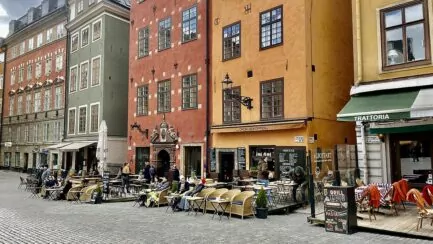
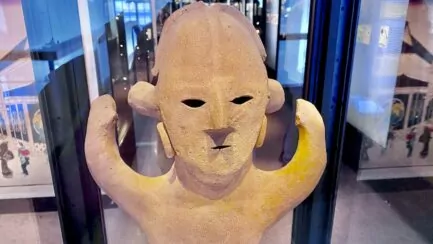



Maria/emjis says:
Museums are interesting! What a short time a life is...
Following the family lineage.
Funny that you have probably seen gold from Skövde! The Timboholm treasure.
23 January 2022 - 15:04
Helena says:
That's right! History is so dizzying, I think! And yes, there was certainly gold from Skövde. There was a lot of gold, including from Västergötland.
23 January 2022 - 19:17
BP says:
The Historical Museum is actually one of my favourites. But I must admit that it has been a while since we were there and that the museum has really kept up with the development. I thought the Gold Room was fascinating.
Strange that you can't use a tripod there. Not being allowed to use flash in museums is common, but tripods...
23 January 2022 - 17:32
Helena says:
The museum is interesting and we also felt that it has "heated up" since we were last here. See that you read the fact box carefully 😉 I've seen that ban on tripods in some other places as well, sometimes together with a ban on selfie sticks 😉.
23 January 2022 - 19:19
Eva Udd says:
It's been a long time, time for a return visit! I am particularly fond of the seven-row gold necklace: the Mönekragen. Found a few kilometres from where I grew up!
23 January 2022 - 22:19
Helena says:
How nice that it was found so close to you! Fascinating to imagine who lived on the site long ago!!!
25 January 2022 - 14:30
Lena+in+Wales+and+Spain says:
Thank you very much for this tip.
I have thought about taking my grandson there, but thought it might be a bit boring for a 6-year-old, but now see through your pictures that it would be great. If there are only things that shine, everything will be fine.
Take care!
26 January 2022 - 14:35